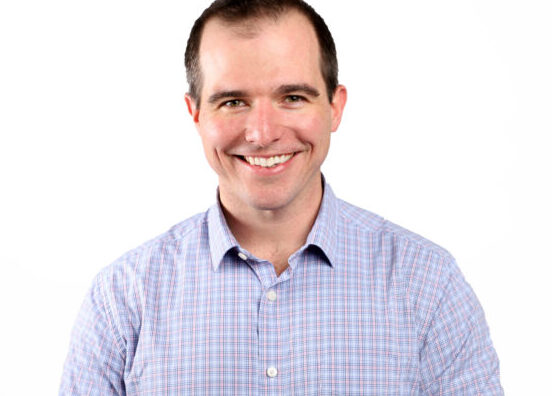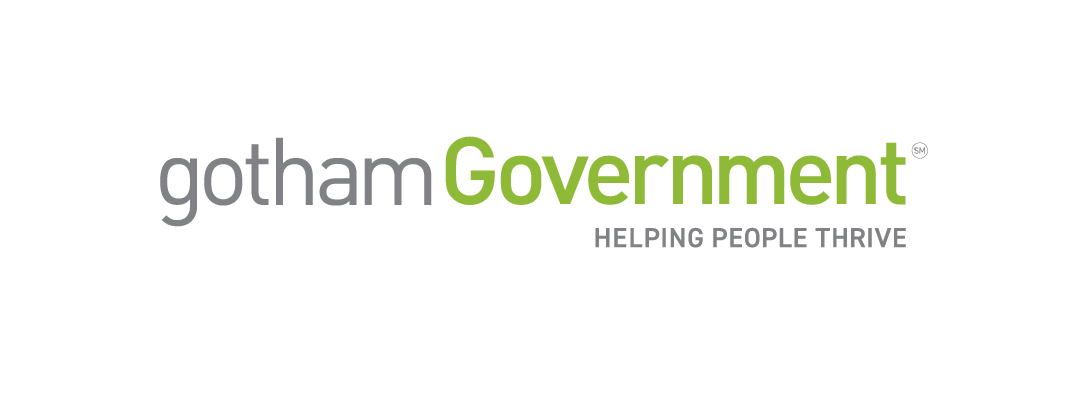Gotham Government Services LLC (GGS), a Virginia SDVOSB, will acquire all assets of Abrams Learning & Information Systems (ALIS). GGS, under the leadership of Chris Cancialosi, will continue providing learning and performance improvement services to clients at the Veterans Benefits Administration (VBA), Army Futures Command (AFC), and other Federal clients.
ALIS was founded in 2004 by President and Chief Executive Officer General (Ret) John Abrams. The company provides government and business clients with solutions and services in workforce development, strategic planning, change management, program management, exercise support, and executive and management education.
GGS was created as a partnership between, gothamCulture, a New York based SDVOSB organizational culture firm, and a long-standing federally focused training company and will continue to serve all geographic markets and contracts that ALIS currently serves.
“We are honored to bring on the ALIS teams that are providing analysis support to AFC and training development support at VBA,” said Chris Cancialosi, Founder and Managing Partner of GGS and the company’s parent firm gothamCulture. “As a former armor officer, the opportunity to honor the Abrams legacy is of great importance to me. As a veteran, continuing to support our former and current Warfighters is a deeply personal mission. And adding the ALIS team to gothamCulture’s core capabilities in organizational culture, leadership development, and people strategy offers these and other clients new avenues for supporting their mission objectives.”
“As the Founder and CEO of ALIS, my father’s focus was always on doing great work, making a difference, and taking care of our ALIS family,” said Elizabeth Abrams Bauernshub, Vice President of Abrams Learning & Information Systems, Inc. “With our shared core values, Gotham Government Services is the right company to lead ALIS’s work into this next chapter, which brings growth and opportunity for both our clients and our employees.”
Gotham Government Services is a Service-Disabled Veteran Owned Small Business (SDVOSB) headquartered in Fairfax, Virginia. We provide government and business clients with solutions and services in workforce development, strategic planning, change management, program management, exercise support, and executive and management education. As a recognized leader in our field, we have worked with clients in government, academia, and private organizations to address their critical needs and meet their goals for the future. For more information visit www.gothamgovernment.com.










